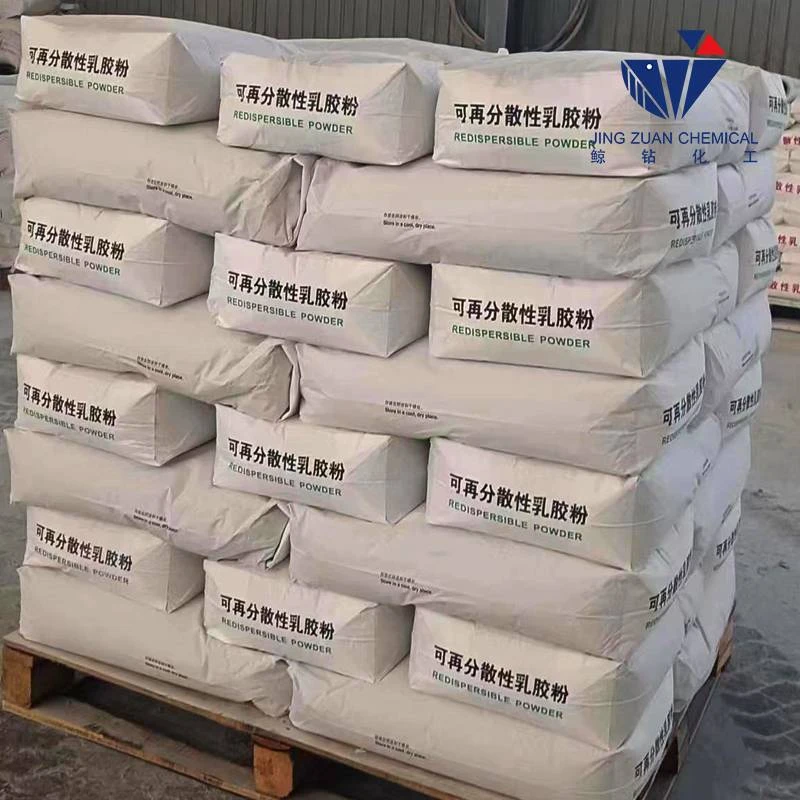
ruj . 19, 2024 07:21 Back to list
hpmc products
Understanding HPMC Products A Comprehensive Overview
Hydroxypropyl methylcellulose (HPMC) is a versatile and key compound that has garnered significant attention in various industries due to its unique properties. It is a cellulose derivative that is synthesized from natural cellulose. Its non-toxic nature, excellent film-forming ability, and high stability make HPMC a popular choice in a wide range of applications, from pharmaceuticals to construction materials.
Understanding HPMC Products A Comprehensive Overview
In the realm of food production, HPMC is often used as a food additive. It acts as a thickening and emulsifying agent, contributing to the texture and stability of food products. For instance, it is commonly found in sauces, dressings, and baked goods, where it helps achieve the desired consistency while reducing fat content. The FDA has classified HPMC as generally recognized as safe (GRAS), reinforcing its utility in food applications.
hpmc products

Another significant application of HPMC is in the construction industry. It is widely utilized in cement-based products, such as mortars and adhesives, to enhance workability and improve water retention. This property is critical, as it helps ensure better adhesion and reduces the likelihood of cracking during the curing process. Additionally, the incorporation of HPMC into construction materials can lead to improved durability, making it a preferred choice among builders and architects.
HPMC is also becoming increasingly popular in the cosmetic industry. It serves as a thickening agent in creams, lotions, and gels, offering stable texture and enhancing the sensory feel of the products. Furthermore, it acts as a stabilizer in emulsions, ensuring that cosmetic formulations remain homogenous over time. With the growing demand for natural and safe beauty products, HPMC aligns perfectly with consumer preferences focusing on non-toxic and effective ingredients.
Moreover, HPMC is a valuable ingredient in the development of environmentally friendly products. Its biodegradable nature makes it an attractive alternative to synthetic polymers that may contribute to environmental pollution. As sustainability becomes a central theme in manufacturing and product development, HPMC’s role in creating eco-friendly alternatives is likely to expand further.
In conclusion, HPMC products are integral in various sectors, including pharmaceuticals, food, construction, and cosmetics. Their unique properties, such as solubility, film-forming capability, and non-toxic nature, position them as essential ingredients in many formulations. As industries continue to evolve and seek innovative solutions, HPMC is poised to play a pivotal role in enhancing product performance while also meeting the growing demand for environmentally sustainable practices. Its versatility and effectiveness underscore the importance of HPMC in modern applications, making it a compound worthy of further exploration and development.
-
The Widespread Application of Redispersible Powder in Construction and Building Materials
NewsMay.16,2025
-
The Widespread Application of Hpmc in the Detergent Industry
NewsMay.16,2025
-
The Main Applications of Hydroxyethyl Cellulose in Paints and Coatings
NewsMay.16,2025
-
Mortar Bonding Agent: the Key to Enhancing the Adhesion Between New and Old Mortar Layers and Between Mortar and Different Substrates
NewsMay.16,2025
-
HPMC: Application as a thickener and excipient
NewsMay.16,2025
-
Hec Cellulose Cellulose: Multi functional dispersants and high-efficiency thickeners
NewsMay.16,2025







